Contrary to expectations, two robotic vehicles remain in sleep mode in the lunar south polar region despite efforts by the Indian Space Research Organisation (ISRO) to wake them up.
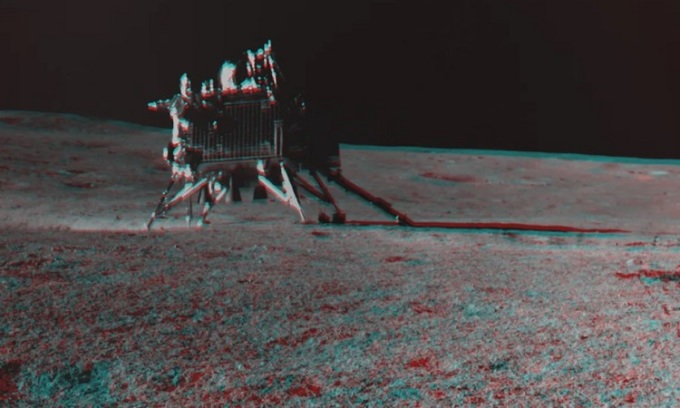
Vikram lander on the lunar surface in this image taken by the Pragyan robot. Photo: ISRO
India's Chandrayaan-3 lunar lander and rover are expected to wake up around September 22. The Indian space agency ISRO is aiming to land the duo on the Moon in August 2023. However, both the Vikram lander and ISRO's Pragyan rover are solar-powered, so they need sunlight to charge their batteries and operate their scientific instruments.
The two vehicles went into sleep mode in early September as darkness fell on the Moon and their batteries ran out of power. The next sunrise was on September 22. ISRO hoped the solar panels would recharge the batteries and wake the pair. However, they did not respond to messages from mission control.
In late August, mission operations director M. Srikanth said the team was confident that the lander and rover would revive after sunrise. “If that happens, it will be a big plus. If they fail, the mission is still complete,” M. Srikanth said. Despite M. Srikanth’s optimism, the two vehicles faced nighttime temperatures that plunged to -203 degrees Celsius (-420 degrees Fahrenheit) on the lunar night, according to NASA. The lander and rover were not built to withstand such cold conditions.
Mission control will continue to send messages. Even if the lander and ISRO’s robot fail to wake up, they have accomplished their design goal of exploring the Moon’s south polar region for 14 days after landing. In just two weeks, the two robots have made several important scientific discoveries. For example, the rover confirmed the presence of sulfur in the Moon’s south polar region.
In addition, preliminary analysis revealed that the soil in this area contains aluminum, calcium, iron, chromium, titanium and may experience earthquakes. India is the fourth country to land on the Moon after the US, the Soviet Union and China and the first to land near the south pole. The south pole of the Moon attracts much attention because it contains water ice. This is a resource that can be exploited to produce oxygen for breathing and for use as rocket fuel along with hydrogen.
An Khang (According to Business Insider )
Source link



![[Photo] Prime Minister Pham Minh Chinh chairs meeting to urge highway projects](https://vstatic.vietnam.vn/vietnam/resource/IMAGE/2025/3/29/6a3e175f69ea45f8bfc3c272cde3e27a)
![[Photo] Dong Ho Paintings - Old Styles Tell Modern Stories](https://vstatic.vietnam.vn/vietnam/resource/IMAGE/2025/3/29/317613ad8519462488572377727dda93)


![[Photo] Prime Minister Pham Minh Chinh and Brazilian President Luiz Inácio Lula da Silva attend the Vietnam-Brazil Economic Forum](https://vstatic.vietnam.vn/vietnam/resource/IMAGE/2025/3/29/f3fd11b0421949878011a8f5da318635)
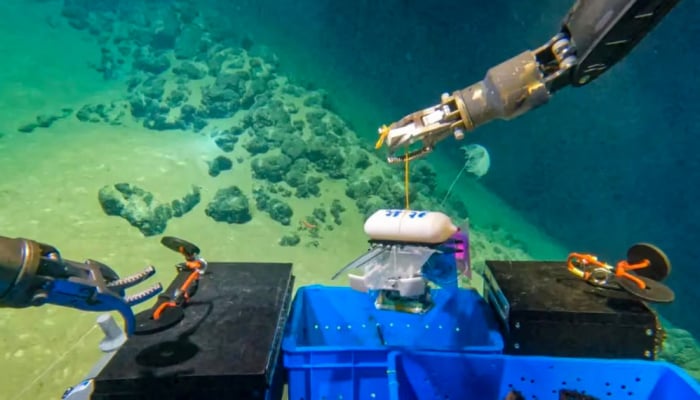

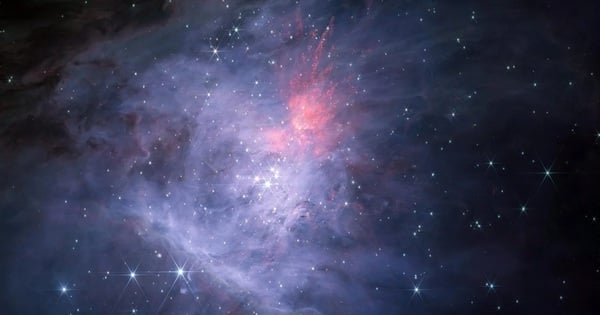



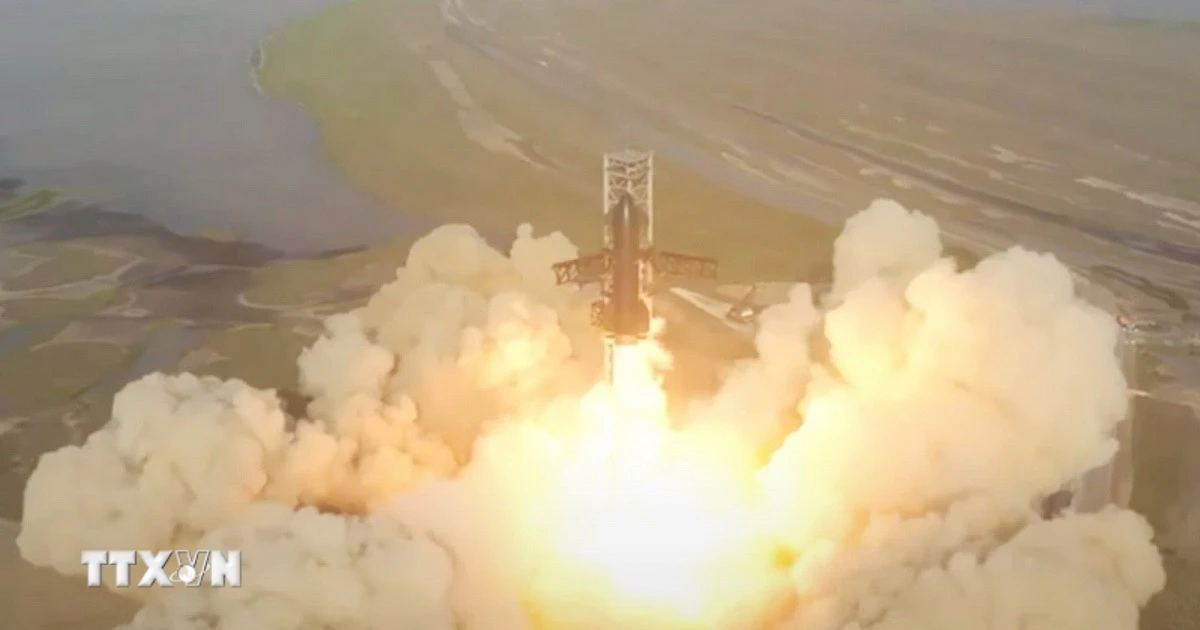

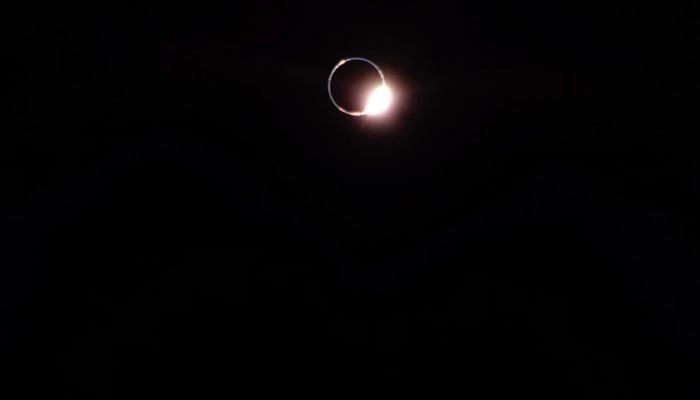
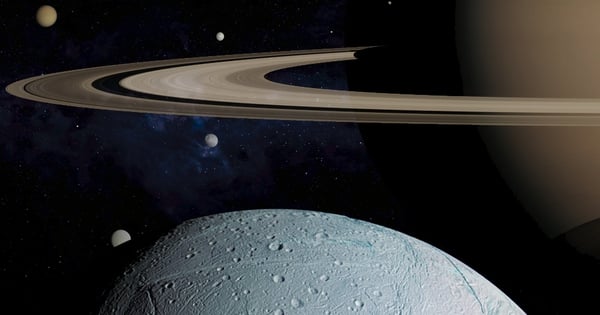
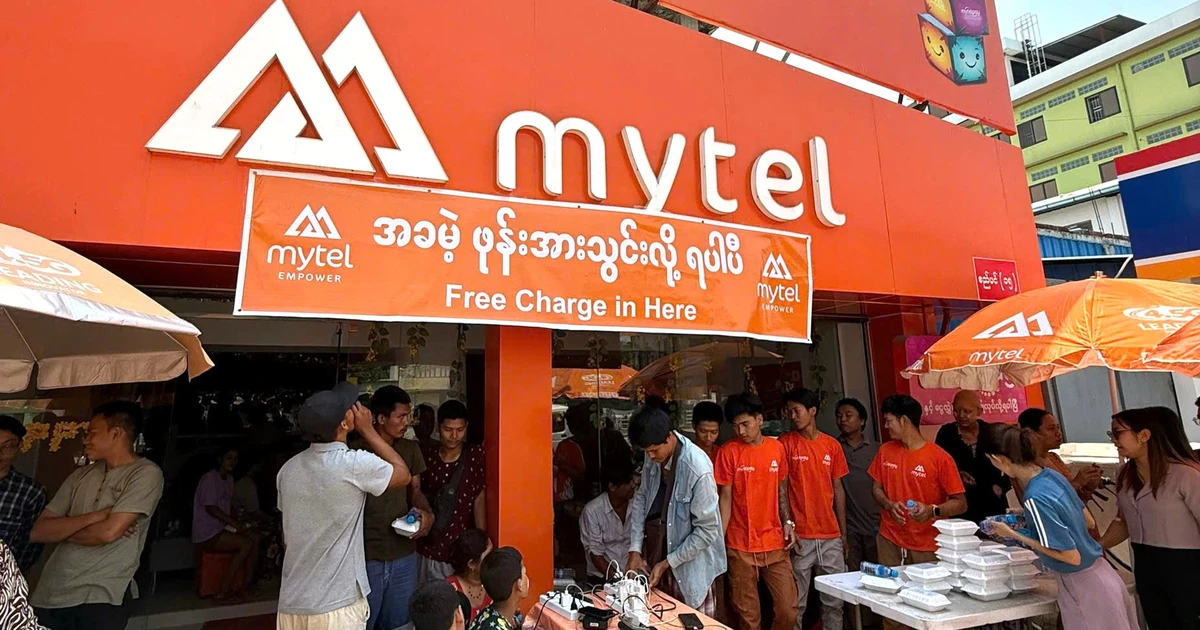
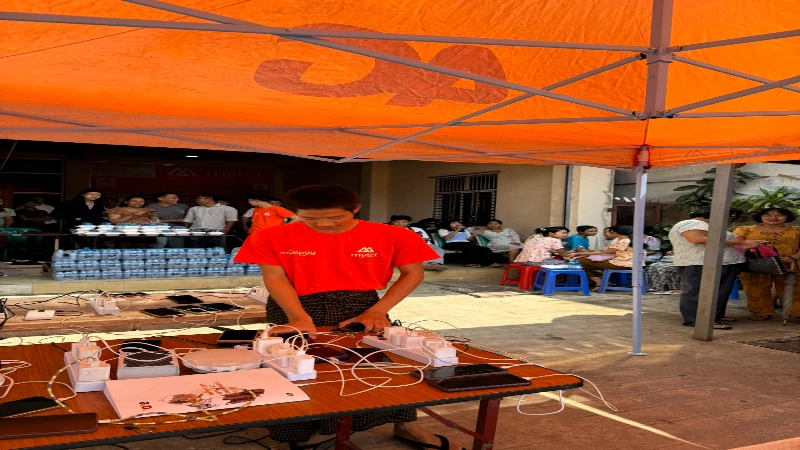

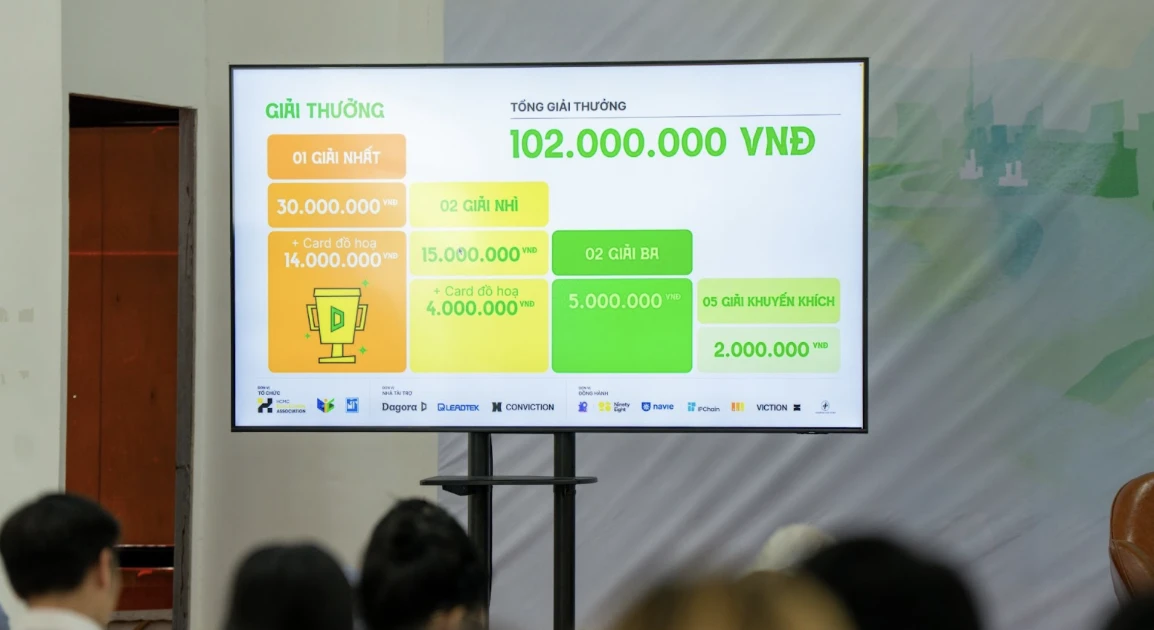











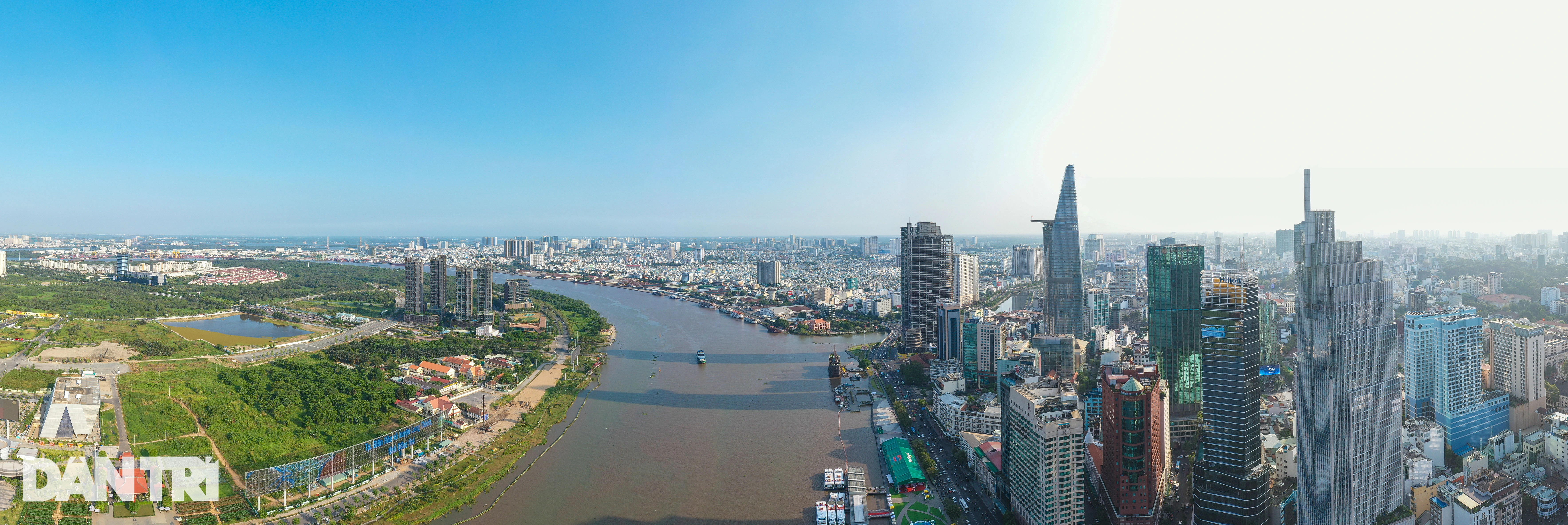








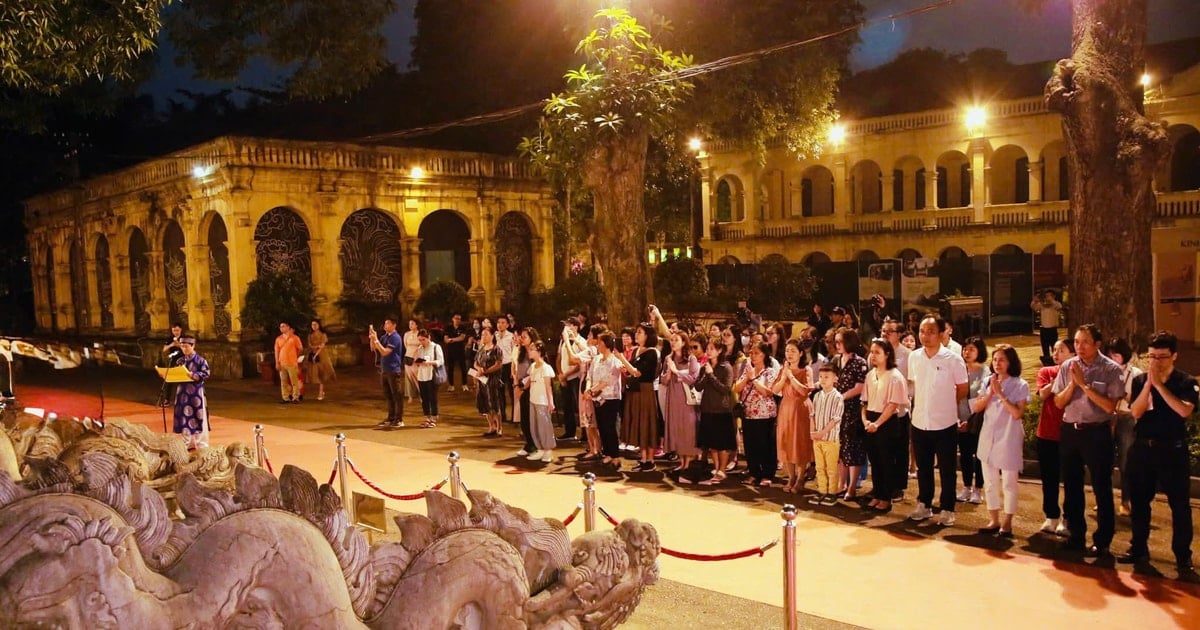





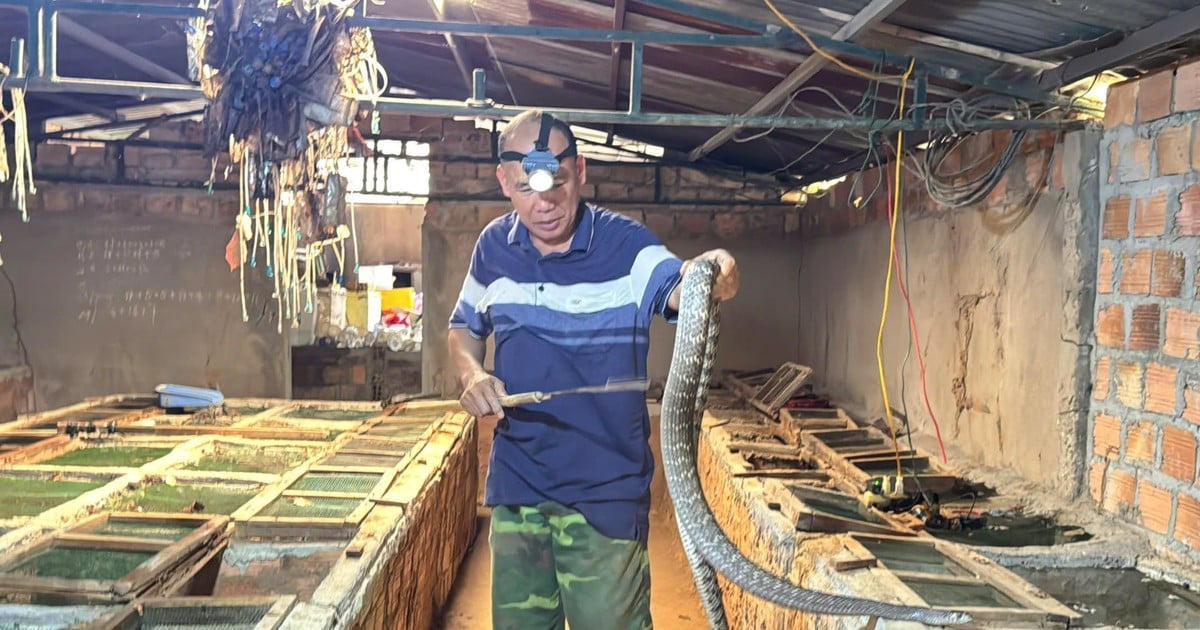
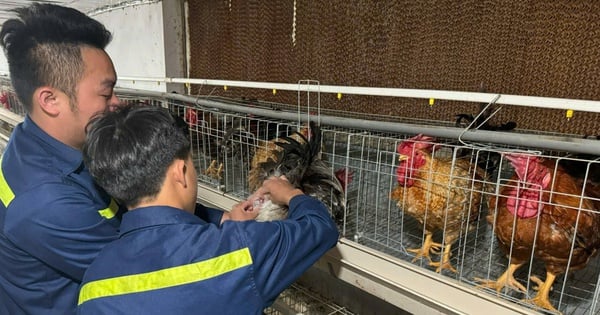








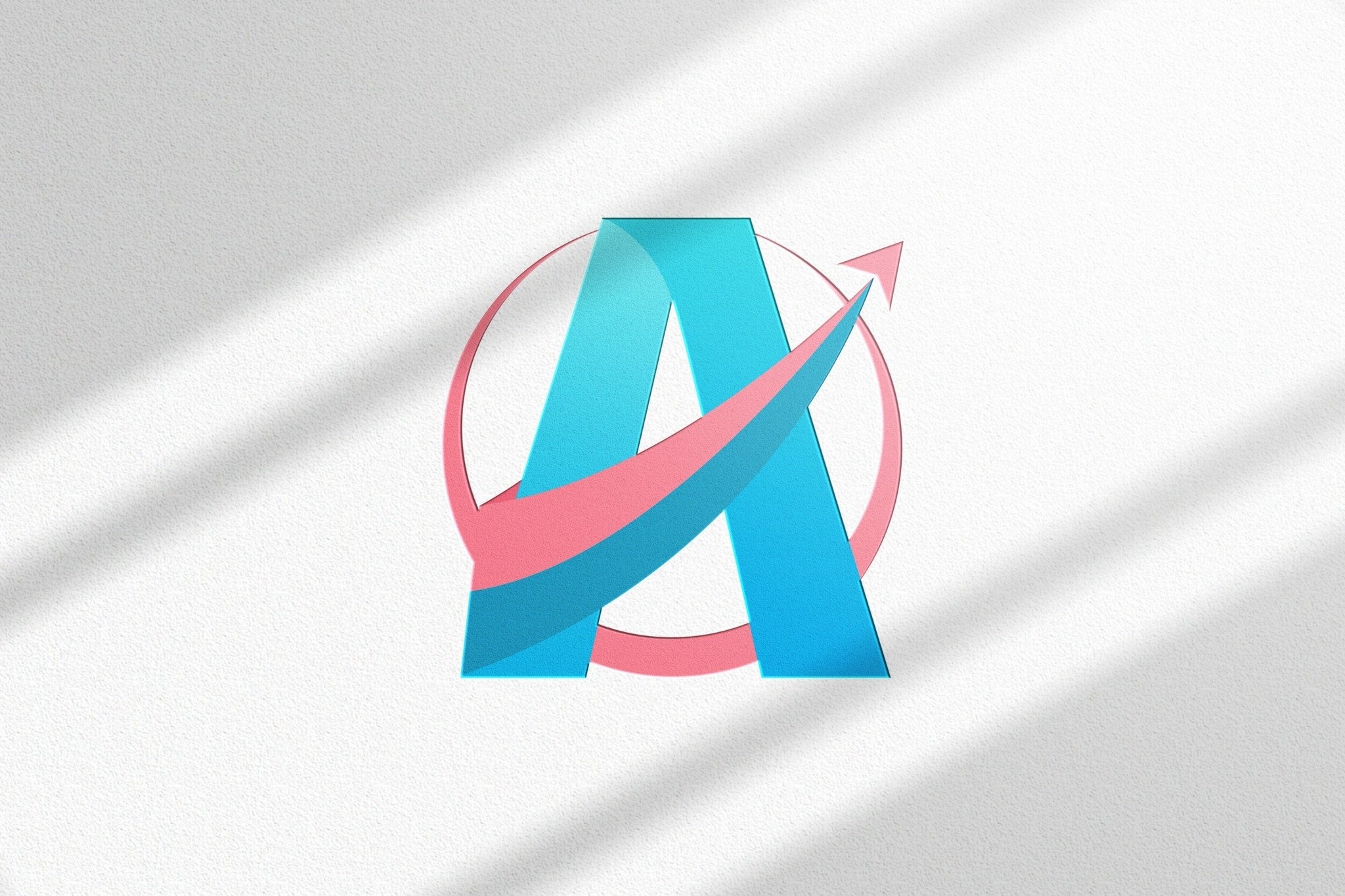



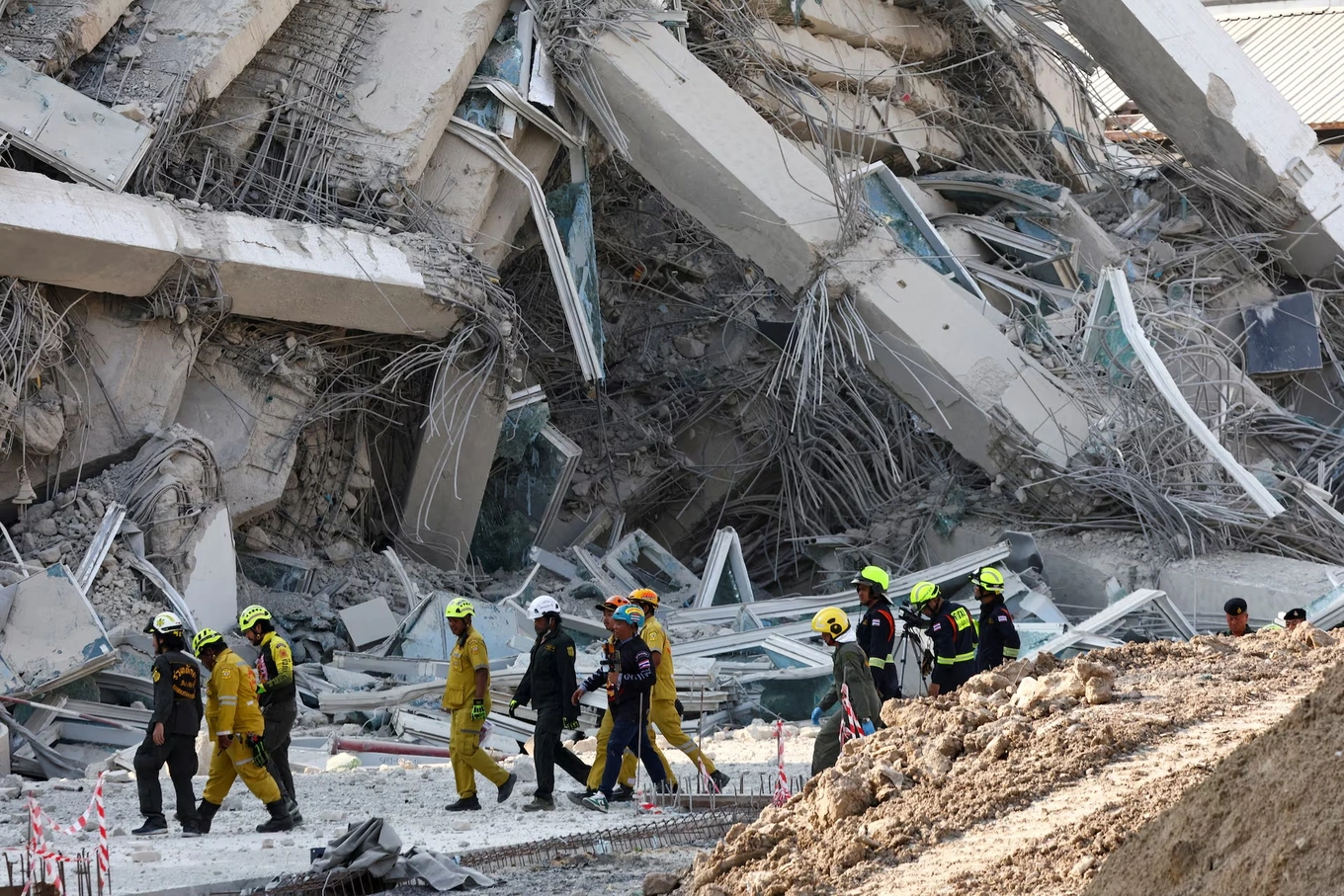



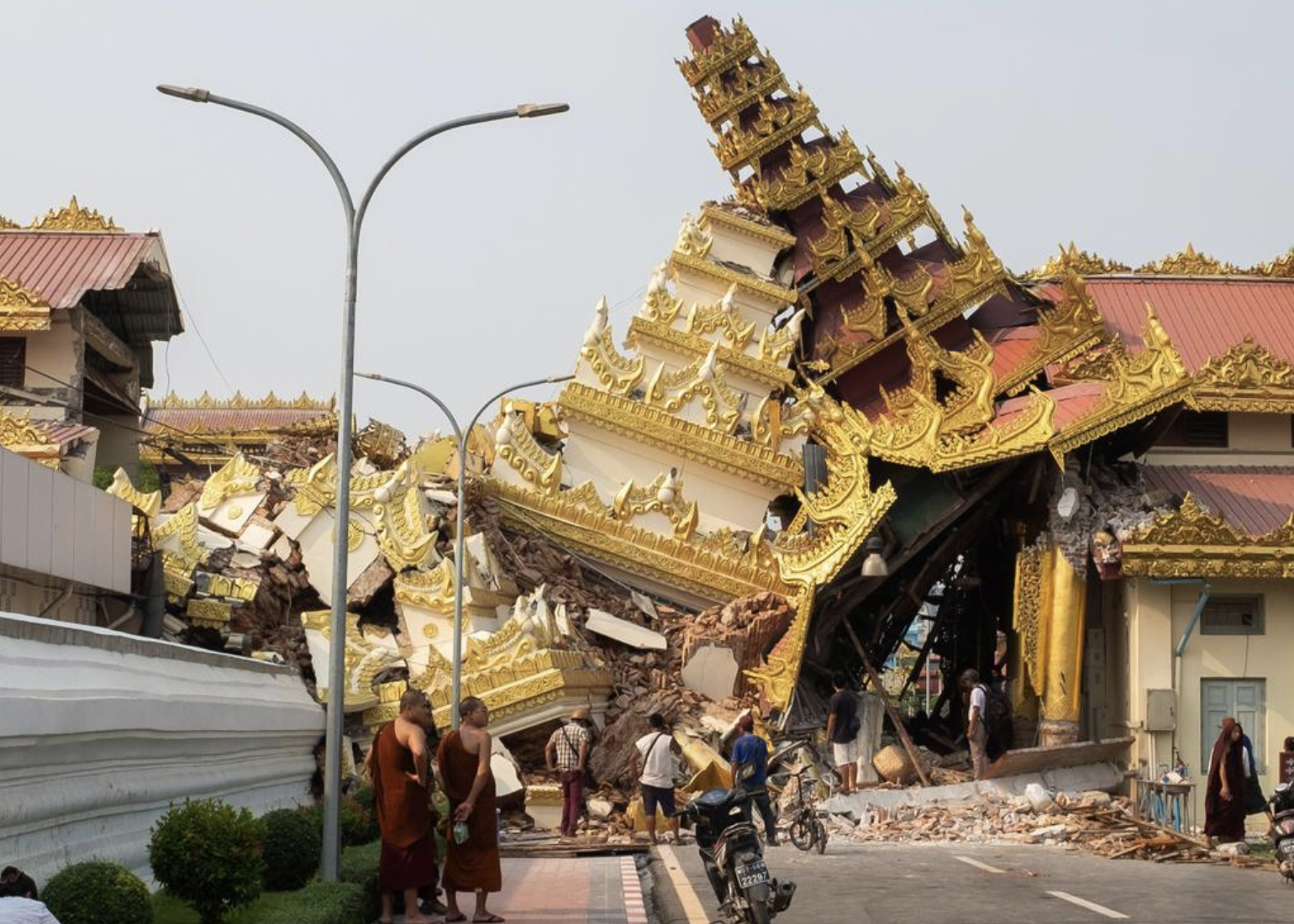
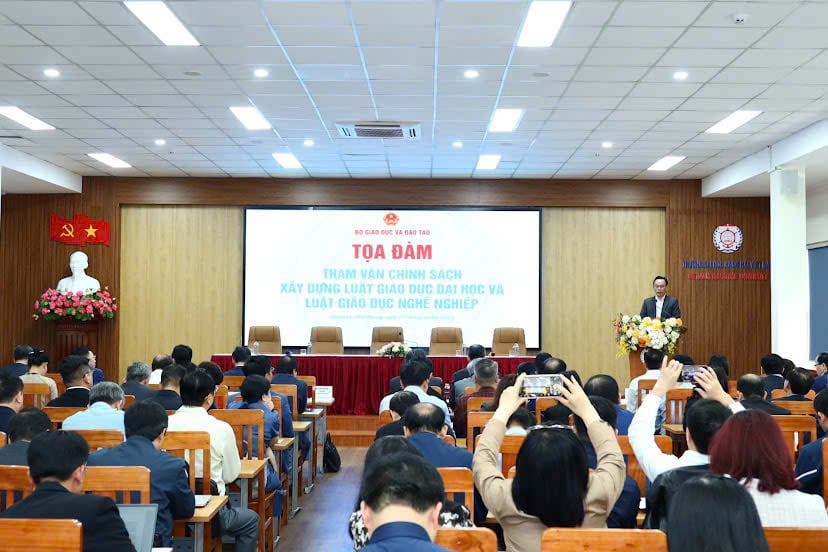


















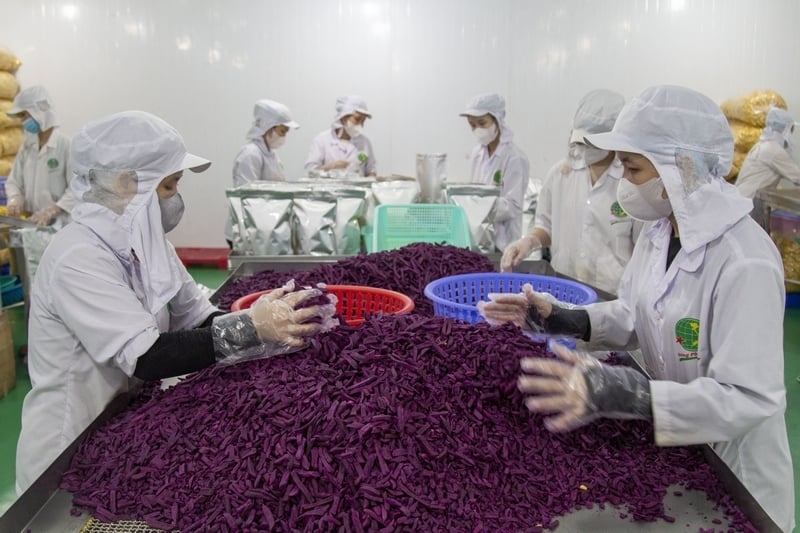







Comment (0)